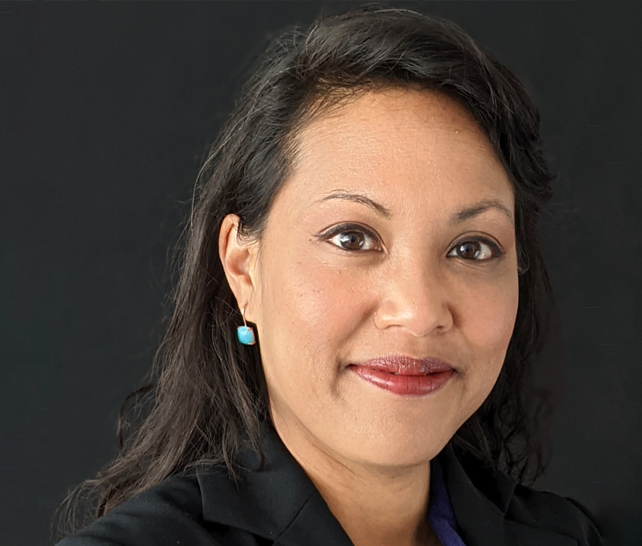We love to tell stories, and this has always been a part of our history as humans. We’ve been sitting around campfires and telling stories for much longer than we’ve been putting pen to paper and writing them down. There is a desire to bring back this oral tradition: just look at open-mic nights at cafes or the proliferation of podcasts and radio shows such as The Moth, This American Life, or StoryCorps, which is funded by the Library of Congress. Even social media has made room for people to share their stories: Humans of New York, for example, has millions of followers across Instagram and Facebook and is a platform for everyday people to read about the life stories of ordinary people such as themselves.
When we tell stories, not only do we entertain one another, but we also share wisdom and provide guidance to our listeners on how to make sense of the world. Stories (both fictional and real) build empathy: learning about others’ experiences and relating their emotions with our own. In fact, a common phrase used in Hawaiian culture is to “talk story,” in which people are encouraged to slow down, take the time to share stories with one another in order to strengthen bonds within the community.
When I consult with credit unions across the country, I see a hunger within our own industry to “talk story.” Staff members are eager to show me the historical photos that adorn their walls and share the story of how the organization began as an SEG (select employee group). There are countless times when I’ve heard VPs tell their stories of how they began their career as a teller, but someone in leadership noticed their potential and encouraged them to acquire new skills. And most often, credit unions love to talk stories of the lives they’ve changed after helping members improve their financial well-being.
For the credit union industry, storytelling has the power to not only share wisdom and build empathy, but also to inspire organizational change. Whether it’s about adopting a new brand strategy, requiring more DEI learning and development opportunities for staff, or plans to merge with another credit union, there is power in speaking aloud the narrative as to what that change means for members, for your credit union staff, or for the community at large.
In their book Switch: How to Change When Change is Hard, authors Dan and Chip Heath write that one of the top mistakes leaders make when trying to enact organizational change is the over-reliance on the business case and on numeric data points. Of course, numbers are important, but the Heaths (who are both researchers on organizational behavior) found that employees are still more likely to support new processes and ideas if they experience an emotional response that opens them up to those changes. And this is often accomplished by hearing stories. It’s not enough to just present data to your organization and expect that it will speak for itself. When leaders tell a story to supplement or illustrate the data, staff have more empathy for the rationale behind change, and are more willing to support it.
Thinking outside the walls of the credit union’s internal communications, our industry is also presented the opportunity to make an impact on the communities we serve through collective narratives, or corporate narratives. As we craft and share our credit union story, we need to be sure to do so with careful consideration to remain consistent and authentic to accurately reflect our brand promises of today and the brand we strive to be in the future. How inclusive are these corporate narratives? Are they focusing on the commitment to meet and exceed the needs of people of diverse backgrounds?
Consider reinforcing your corporate narrative by capturing and sharing member testimonials showcasing ways your credit union is carrying out its brand promise at the member or community level. Highlighting first-hand experiences about the impact your credit union is making through everyday member interactions, access to life-changing financial services or community engagement strengthens your brand promise and creates an opportunity for a deeper emotional connection to existing or future members.
So the next time your organization revises its mission statement, takes on any type of shift in organizational culture or is ready to reinforce a brand commitment to the diverse communities you serve, set your credit union up for success by first asking this crucial question, “What’s our story?”







